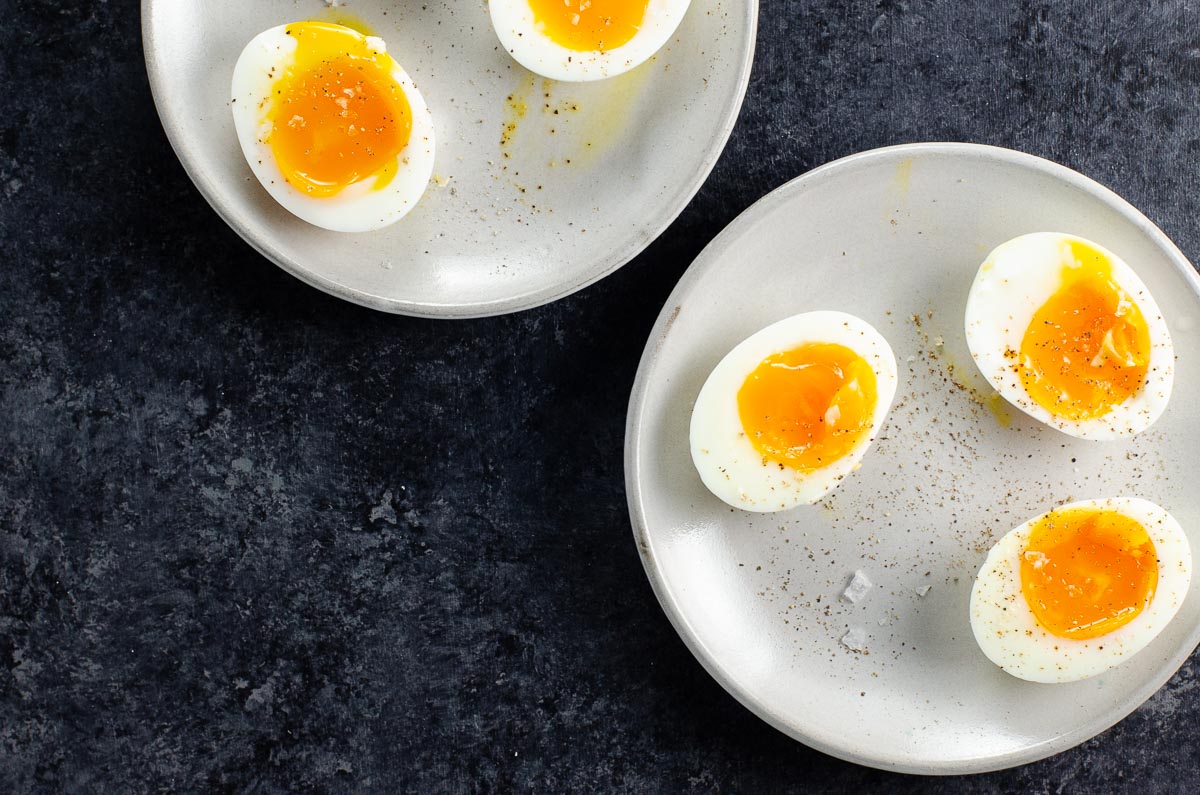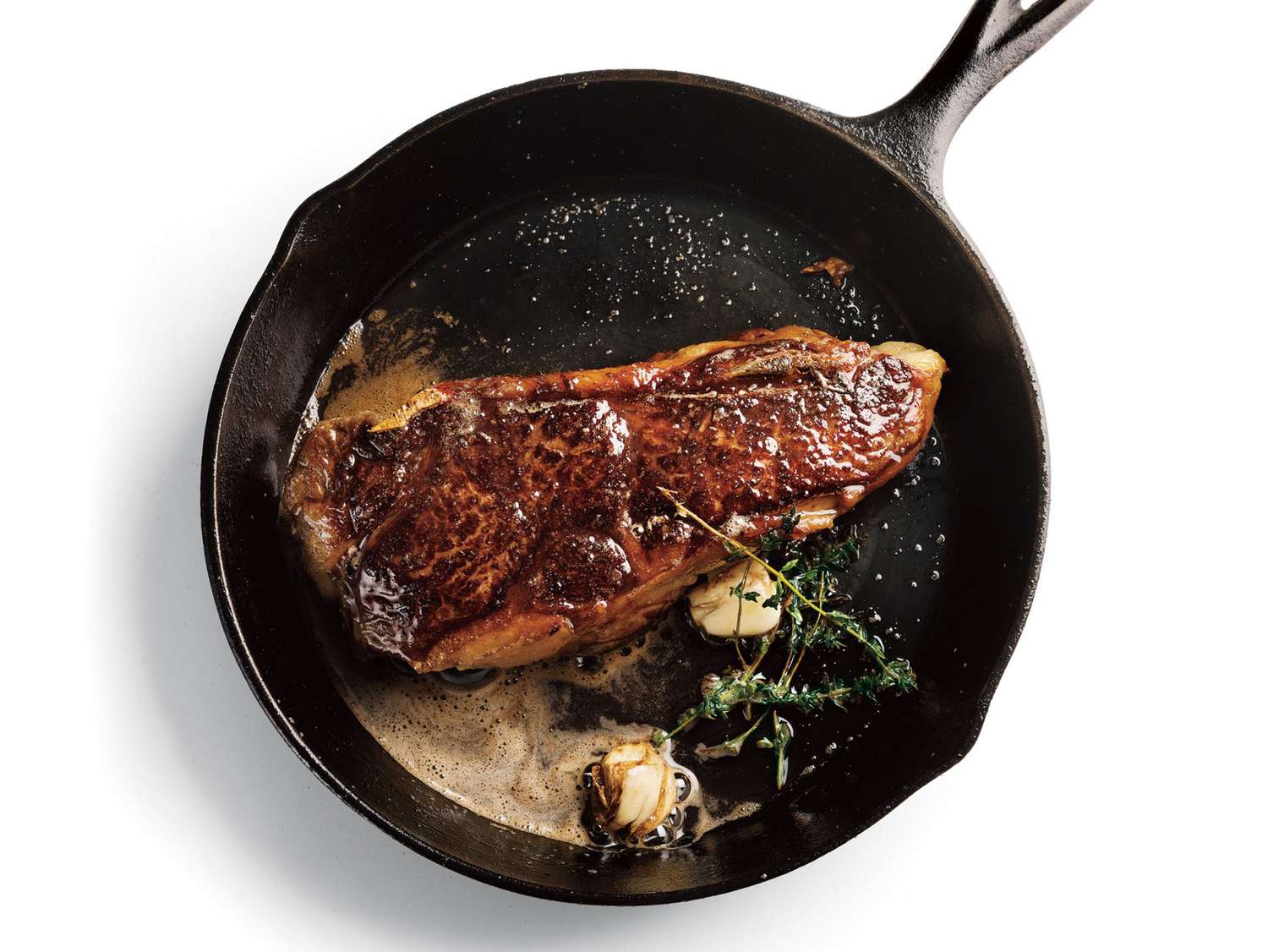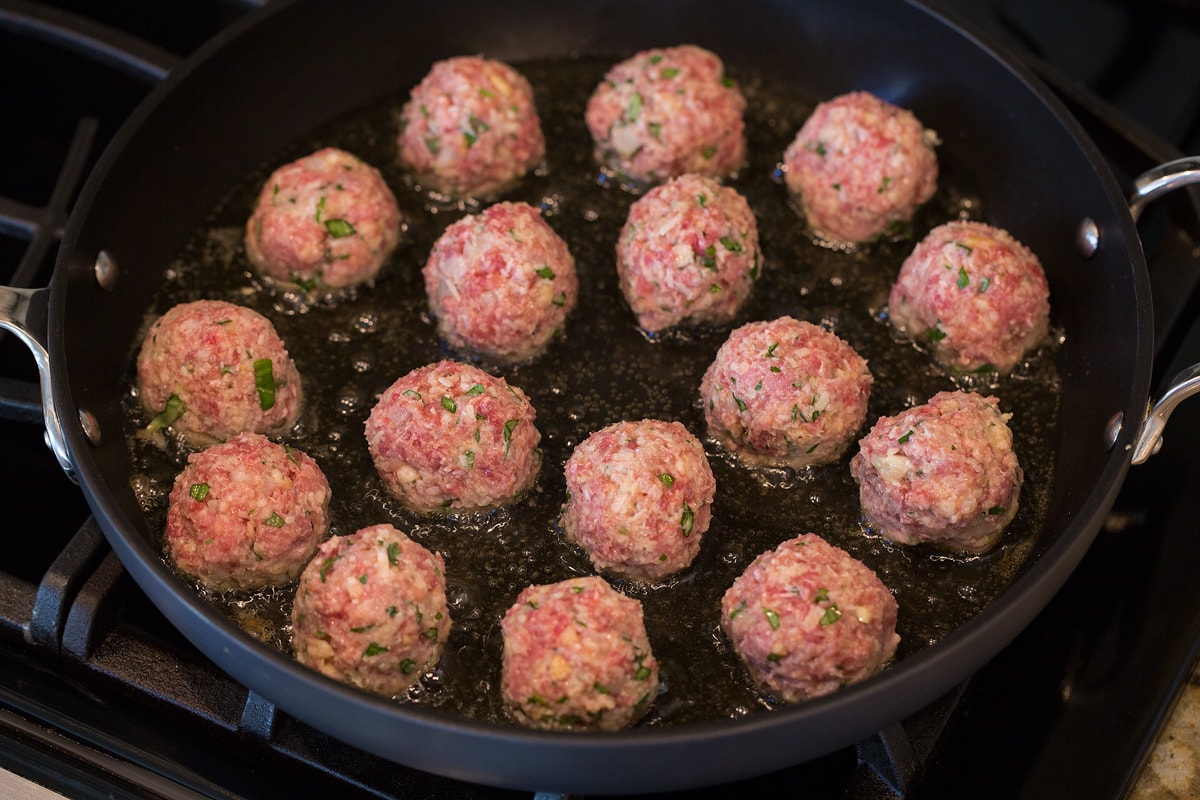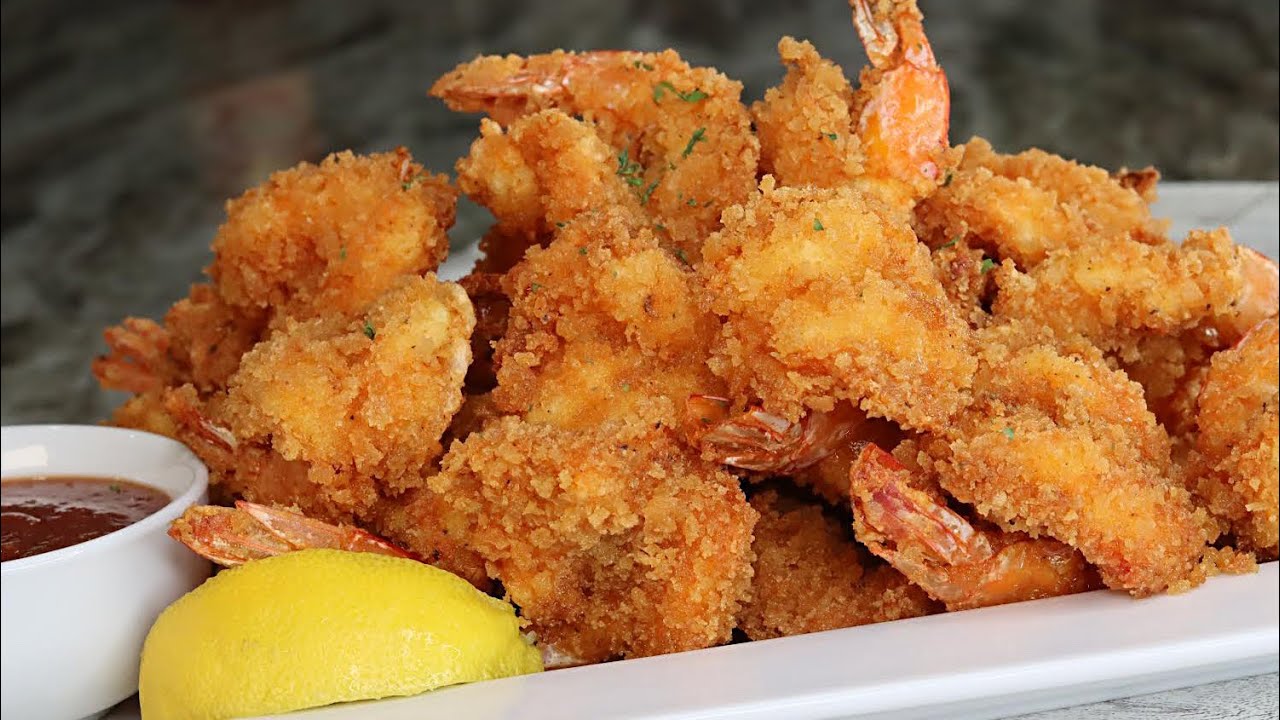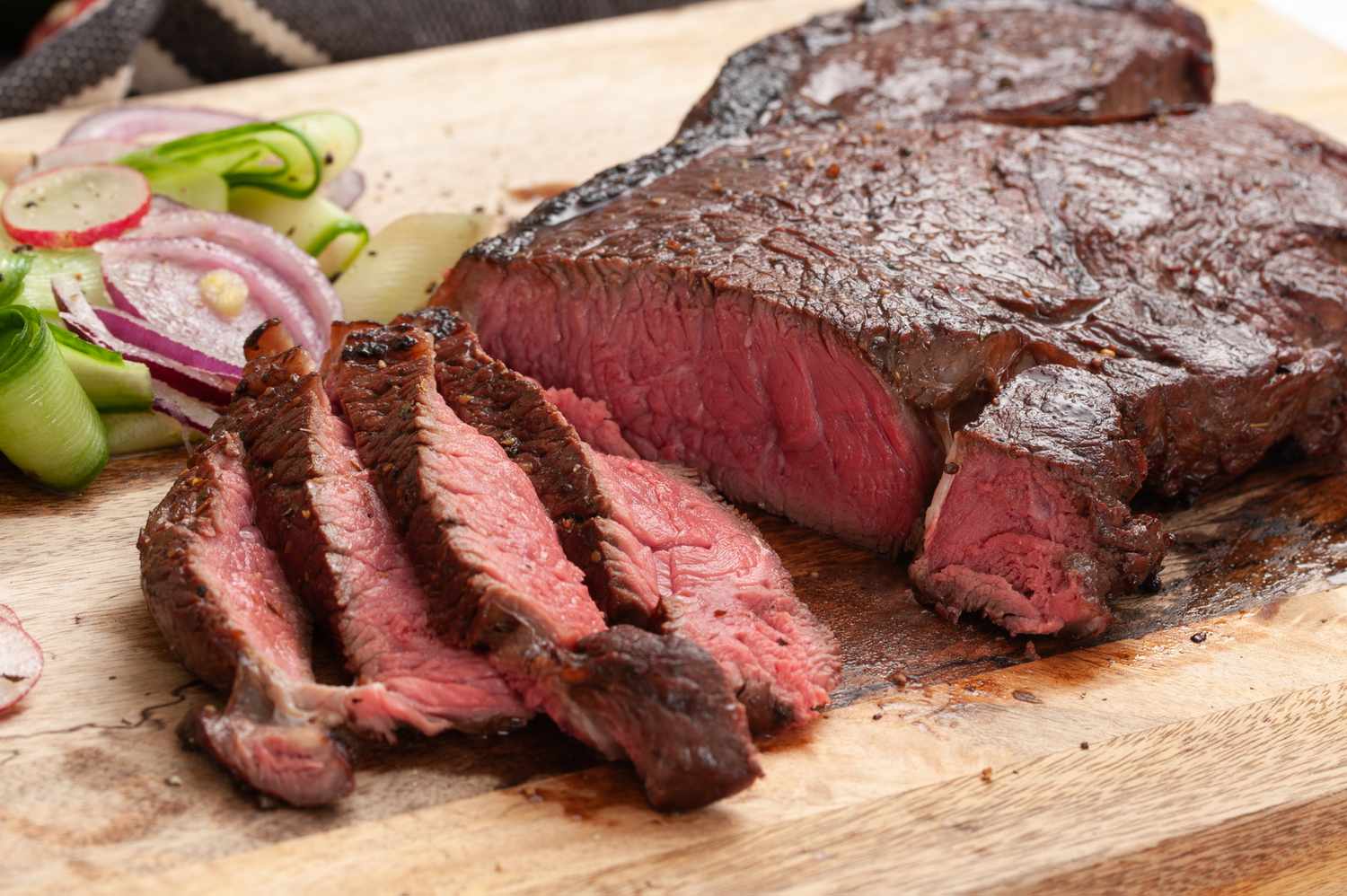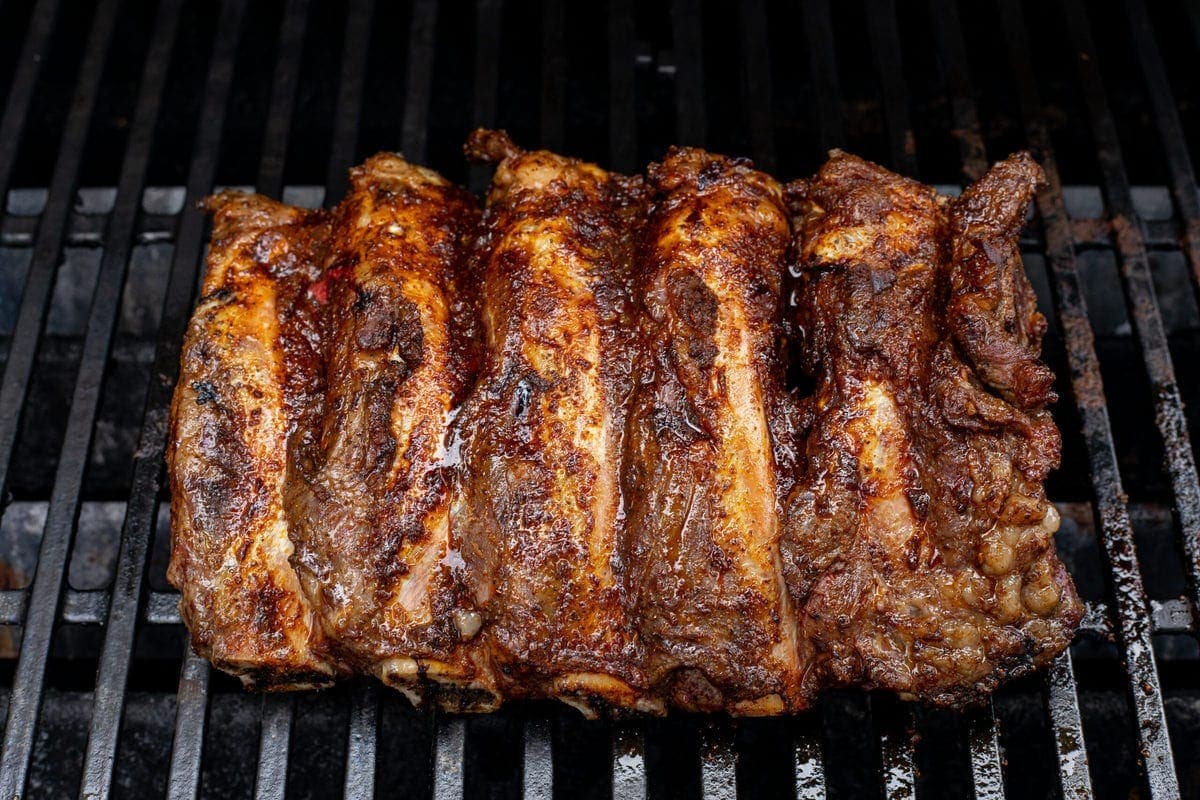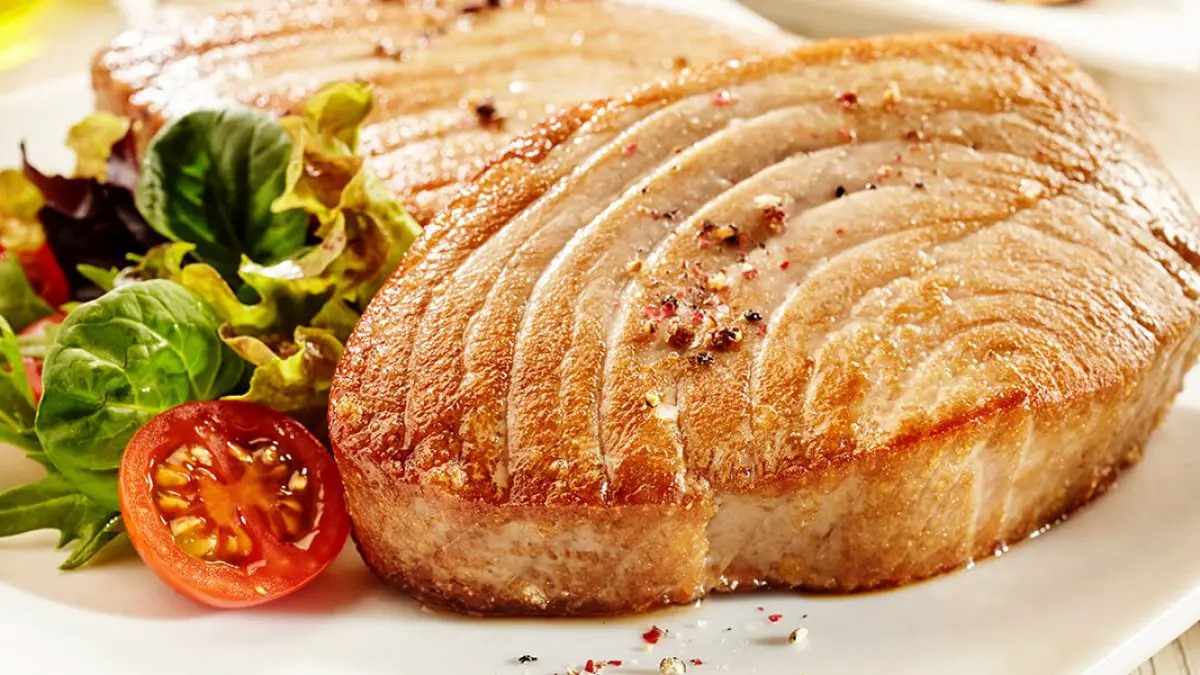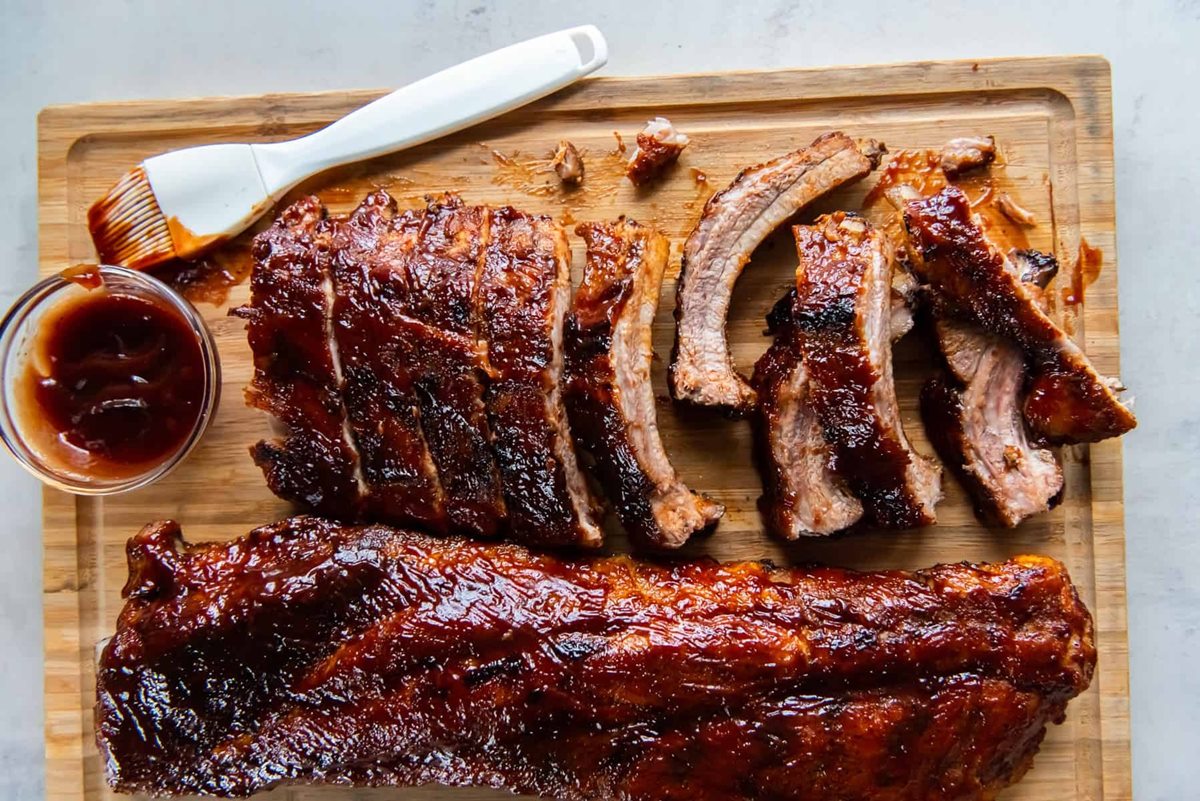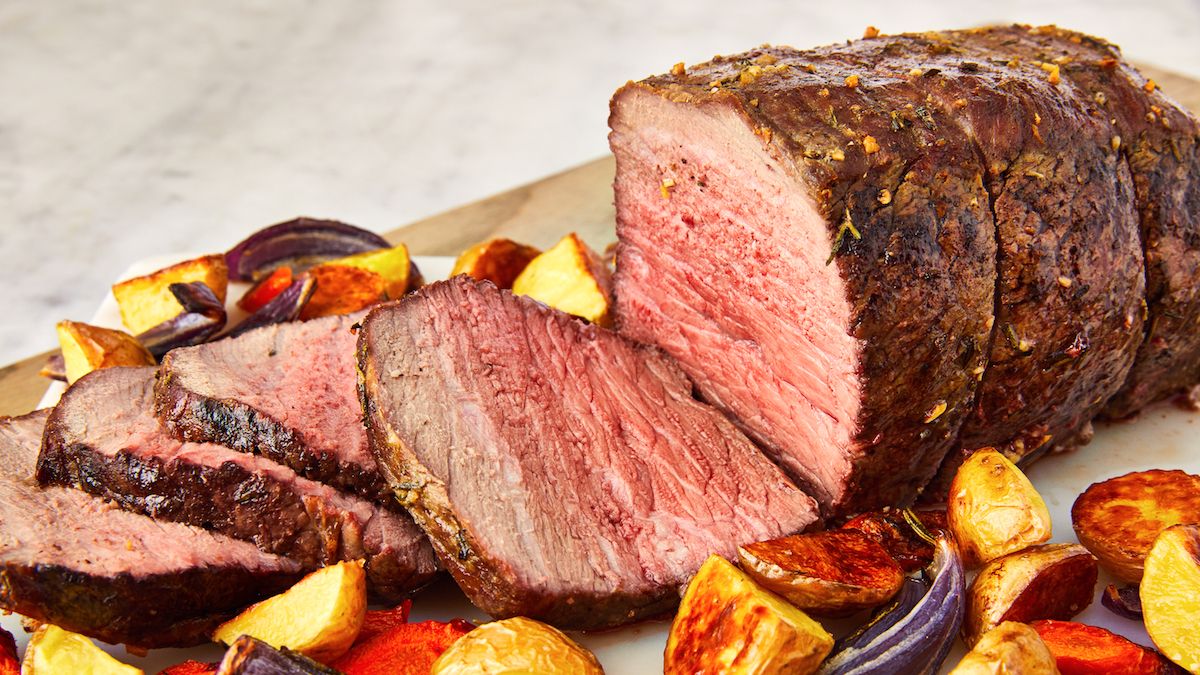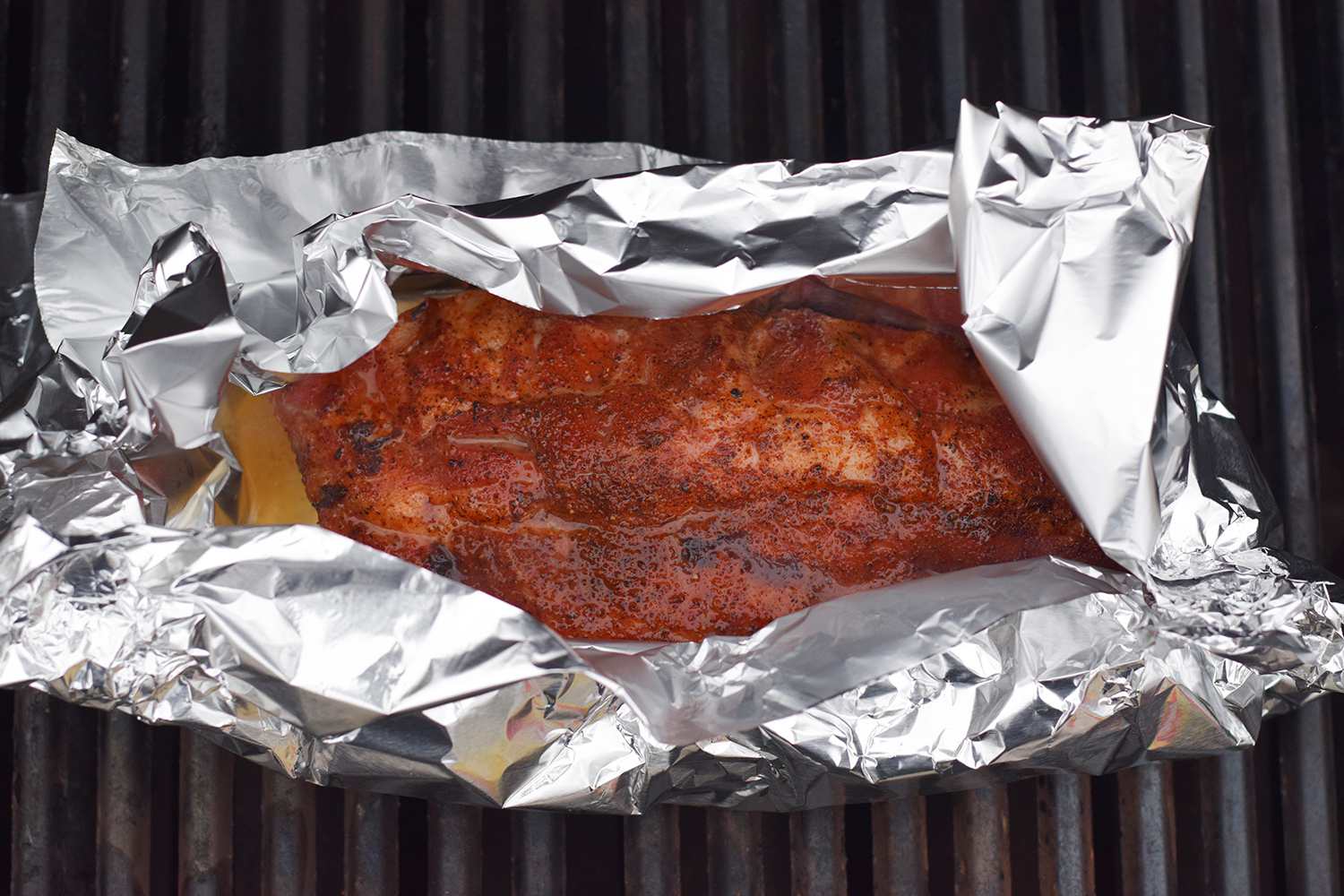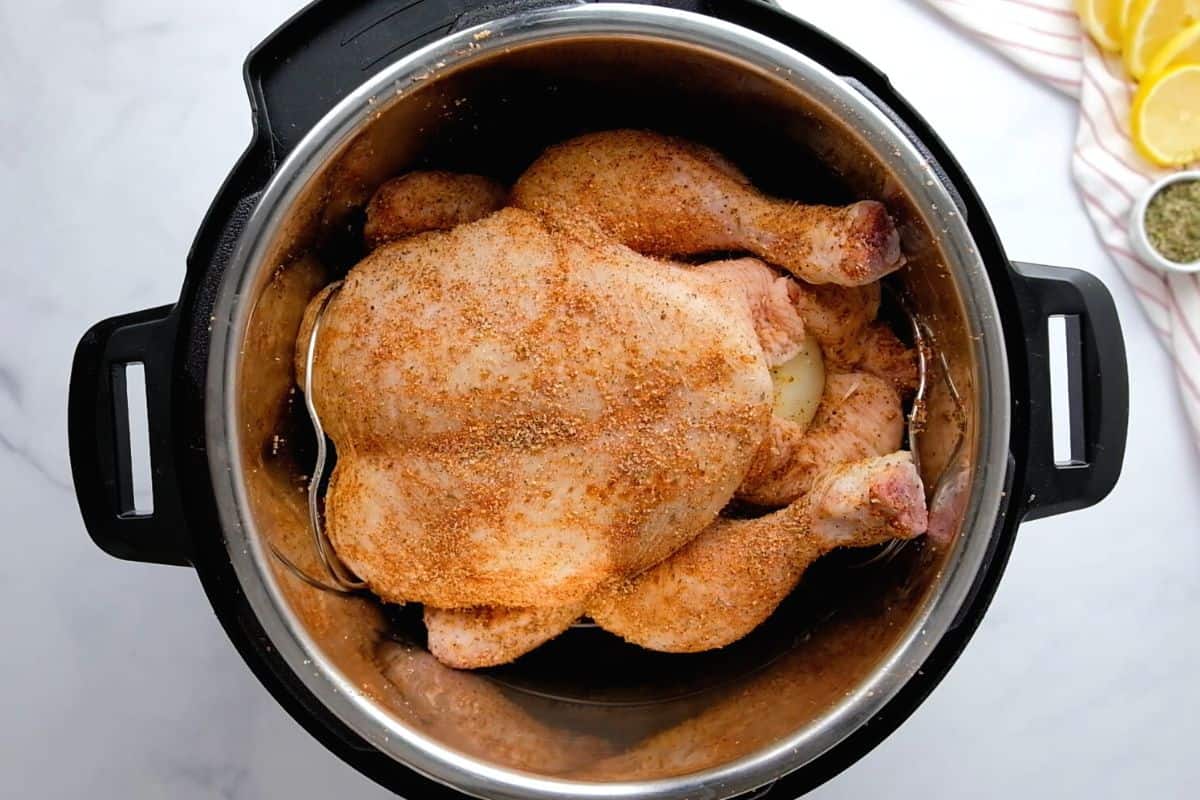Master the Art of Cooking Fish in a Cast Iron Skillet
When it comes to cooking fish, using a cast iron skillet can be a game-changer. Not only does it provide excellent heat distribution, but it also imparts a delicious, crispy crust to your fish fillets. Whether you’re new to cooking fish or a seasoned chef looking to switch up your cooking style, here’s a step-by-step guide to help you master the art of cooking fish in a cast iron skillet.
Choose the Right Fish
The first step in cooking fish is selecting the right type of fish. Opt for fresh, high-quality fillets such as salmon, trout, snapper, or sea bass. These varieties are known for their firm texture and mild flavor, which complement the cooking process in a cast iron skillet perfectly.
Preheat the Skillet
Before you start cooking, it’s essential to preheat your cast iron skillet properly. Place the skillet on a medium-high heat setting and allow it to heat up for a few minutes. This step ensures even cooking and helps develop a beautiful crust on your fish.
Season and Oil the Fish
While the skillet is preheating, season your fish fillets with salt, pepper, and any other desired herbs or spices. It’s important to pat the fish dry beforehand to prevent excess moisture, as this can hinder the formation of a crispy crust. Once seasoned, lightly brush both sides of the fish with oil. This will aid in browning and prevent sticking.
Add Some Flavor
To enhance the taste of your fish, consider adding some additional flavor boosters. Sliced lemon, minced garlic, fresh herbs like thyme or dill, or even a drizzle of soy sauce or balsamic glaze can take your fish to the next level. These ingredients can be added directly to the skillet along with the fish.
Place the Fish in the Skillet
Once the skillet is hot and the fish is seasoned, carefully place the fillets into the skillet, skin side down if applicable. Allow some space between each fillet to ensure even cooking. If you’re cooking multiple fillets, you may need to work in batches to avoid overcrowding the skillet.
Cooking Time
The cooking time will vary depending on the thickness of your fish fillets. As a general guideline, cook the fish for about 3-4 minutes per side for thin fillets and 6-8 minutes per side for thicker cuts. Avoid flipping the fish too often to allow that beautiful crust to form.
Test for Doneness
To ensure your fish is perfectly cooked, use a fork to gently flake the flesh. If it easily separates into translucent flakes, the fish is done. If it’s still slightly opaque, give it an additional minute or two before testing again.
Serve and Enjoy
Once your fish is cooked to perfection, remove it from the skillet and serve immediately. Consider garnishing with fresh herbs, lemon wedges, or a dollop of homemade tartar sauce. Pair your fish with a refreshing side salad, steamed vegetables, or fluffy rice for a complete and delicious meal.
Cleaning Your Cast Iron Skillet
After enjoying your delicious fish dish, it’s time to clean your cast iron skillet. Avoid using soap and scrubbing pads, as they can strip away the skillet’s seasoned surface. Instead, rinse the skillet with hot water and use a sponge or brush to gently remove any food residue. Dry the skillet thoroughly and apply a thin coat of vegetable oil to keep it seasoned and protected.
With these simple steps, you can confidently cook fish in a cast iron skillet and achieve restaurant-quality results in the comfort of your own kitchen. So, dust off that cast iron skillet and get ready to impress your family and friends with a mouthwatering fish feast!
Crispy Skillet Salmon with Lemon and Dill and Skillet-Cooked Sea Bass with Lemon Butter Sauce are two standout recipes that perfectly illustrate the versatility and simplicity of cooking fish in a cast iron skillet. For those who enjoy bold flavors, Cajun Spiced Halibut in Cast Iron offers a spicy kick that pairs well with the skillet's ability to sear and lock in moisture. Herb-Crusted Cod in Cast Iron Skillet is another must-try, providing a delightful herbaceous crust that elevates the mild flavor of cod. Each of these recipes highlights different techniques and flavor profiles, making them ideal choices for anyone looking to master the art of skillet-cooked fish.
Was this page helpful?
Read Next: How To Cook Unripe Plantains
